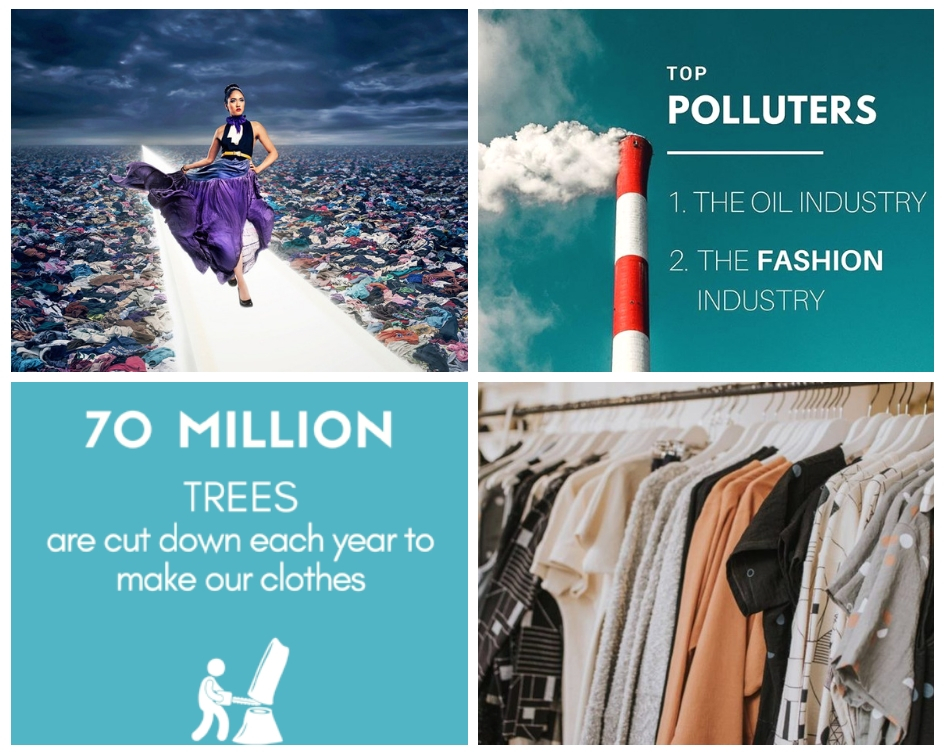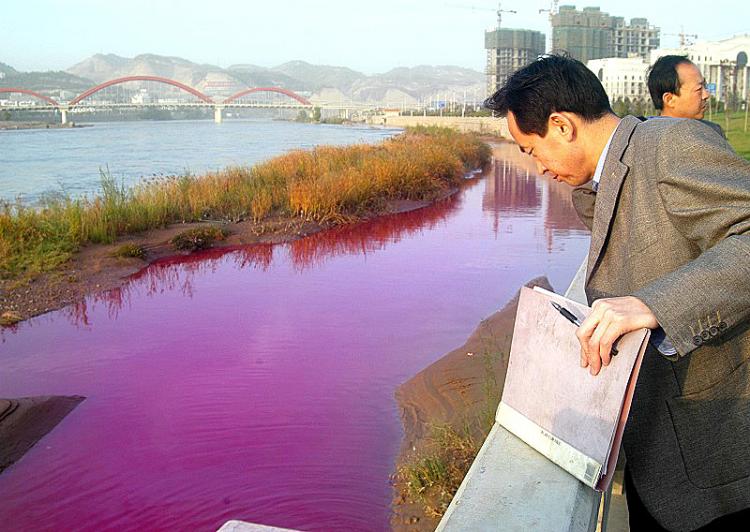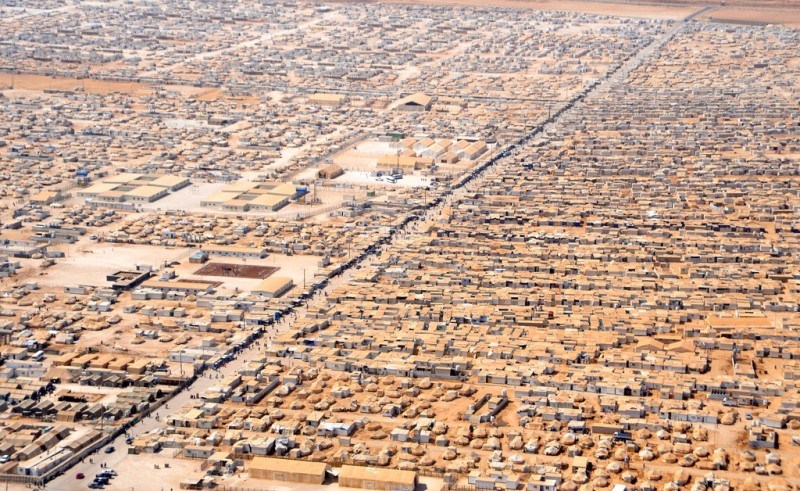LIFESTYLE NEWS - Today is World Environment Day.
The fashion industry has a disastrous impact on the environment. It is the second largest polluter in the world after the oil industry.
And the environmental damage increases as the industry grows.
Fast fashion
“Fast fashion” is a term used by fashion retailers to describe clothes that are inspired by recent style trends seen on celebrities and on the runway and sold cheaply to the average consumer. Because of how fast retailers need to keep up with demands for these styles, they often cut costs which increases their carbon footprint.
The amount of new clothing items bought by Americans has tripled since the 1960s. One of the main contributors to the rapid production of pollution is the rapid production of clothes due to the rapid consumption of customers.
Fashion and water consumption
The fashion industry is a major water consumer. Huge quantities of fresh water are used for dyeing and producing clothes. It can take up to 200 tons of fresh water per ton of dyed fabric.
Cotton is usually cultivated in warm, dry areas. It takes up to 20 000 litres of water to produce one kilogram of cotton. This creates tremendous pressure on this precious, already scarce resource with dramatic ecological consequences.
 Today is World Environment Day.
Today is World Environment Day.
Fashion and water pollution
In most of the countries in which garments are produced, untreated toxic waste water from textile factories are dumped directly into the rivers. Waste water contains toxic substances such as lead, mercury and arsenic, among others. These are extremely harmful for the aquatic life and the health of the millions of people living along those rivers’ banks. The contamination reaches the sea and eventually spreads around the globe.
Another major source of water contamination is the use of fertilizers for cotton production, which heavily pollutes runoff waters and evaporation waters.
 In most of the countries in which garments are produced, untreated toxic waste water from textile factories are dumped directly into the rivers.
In most of the countries in which garments are produced, untreated toxic waste water from textile factories are dumped directly into the rivers.
Fashion and microfibres in our oceans
Every time you wash a synthetic garment (polyester, nylon, etc), about 1 900 individual microfibres make their way into our oceans. Small aquatic organisms ingest those microfibres and they in turn are eaten by small fish which are eaten by bigger fish, which land up on our plates.
Other studies have shown fish absorb toxic chemicals from microplastics and are known to eat the plastic instead of food leading them to starve. In some cases, the microplastics stunt the growth of fish or kill them before they reach reproductive age, impacting their populations. Plastic builds up in sperm whales, sea turtles and other marine life, ultimately contributing to their deaths.
Fashion and waste accumulation
Clothing has become disposable. A family in the western world throws away an average of 30 kg of clothing each year. Only 15 percent is recycled or donated. The rest goes to landfills or is incinerated. Synthetic fibres, such as polyester, are plastic fibres and therefore non-biodegradable. It can take up to 200 years to break down. Synthetic fibres are used in 72 percent of our clothing.
Fashion and chemicals
Chemicals are one of the main components in our clothes. They are used during fibre production, dyeing, bleaching and wet processing of each of our clothing items.
The heavy use of chemicals in cotton farming is causing diseases and premature death among cotton farmers, along with massive freshwater and ocean water pollution and soil degradation.
Fashion and greenhouse emissions
The global fashion industry is generating a high level of greenhouse gases due to the energy used during production, manufacturing and transportation of the millions of items purchased every year. Synthetic fibres (polyester, acrylic, nylon, etc.), used in the majority of our clothes, are made from fossil fuel, making production much more energy-intensive than with natural fibres. Most of our clothes are produced in China, Bangladesh or India, countries essentially powered by coal. This is the dirtiest type of energy in terms of carbon emissions.
Fashion and soil degradation
Soil is a fundamental element of our ecosystem. We need healthy soil for food production, but also to absorb carbon dioxide (CO2). The massive, global degradation of soil is one of the main environmental issues our planet is currently facing. It presents a major threat to global food security and also contributes to global warming.
 The massive, global degradation of soil is one of the main environmental issues our planet is currently facing
The massive, global degradation of soil is one of the main environmental issues our planet is currently facing
The fashion industry plays a major part in degrading soil in different ways – overgrazing of pastures through cashmere goats and sheep raised for their wool; degradation of the soil due to massive use of chemicals to grow cotton; and deforestation caused by wood-based fibres like rayon.
Fashion and rainforest destruction
Every year thousands of hectares of endangered and ancient forests are cut down and replaced by plantations of trees used to make wood-based fabrics such as rayon, viscose and modal. This loss of forests is threatening ecosystems, wildlife and indigenous communities across the globe.
What can you do to make a difference?
What can you do to make a difference?
- Choose eco friendly fabrics instead of rayon, modal or viscose.
- Choose fibres with low water consumption such as linen and recycled fibers.
- Choose clothes made in countries with stricter environmental regulations for factories such as EU countries, Canada and the US.
- Choose organic fibres and natural fibres that do not require chemicals to be produced.
- Choose natural or semi-synthetic fibers.
- Buy less, buy better quality, mend clothes and recycle.
- Choose sustainable brands.
- Always wash new clothes before using them for the first time.
- Look for garments with certification labels.
- Buy clothes made in countries powered by more renewable energy.
- Choose soil friendly fibres.
















